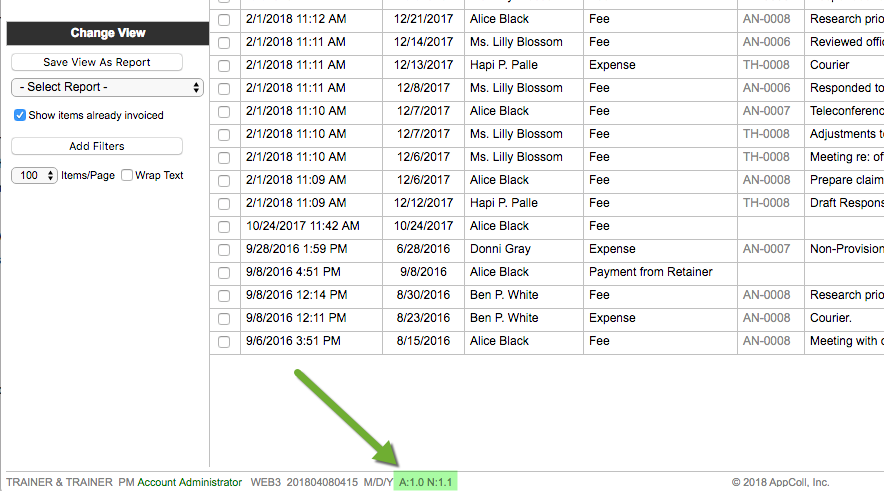There are two components to the performance you see with AppColl. One is the amount of time AppColl takes to generate the page you see. The second is the time it takes for the page to be sent from AppColl’s servers to your computer.
At the bottom of each page in AppColl are two numbers, one designated with "A" and one designated with "N", as shown in the screenshot below. A indicates the number of seconds AppColl took to generate the page. N indicates the number of seconds it took for the page to be delivered from AppColl servers, through the Internet and your network, to your computer. If the A value is within 1-3 seconds, things are running normal on our end. However, the N value could be the problem and, unfortunately, we don’t have control of the N number.

If the path from AppColl to you is slow (shown in the "N" number), you may be experiencing something known as "packet loss." You could have excellent speeds for downloading content, or browsing other websites, but still suffer the effects of packet loss. Packet loss of just two percent can drastically slow HTTPS sites like AppColl. If you are experiencing packet loss, streaming services like Netflix and Hulu would likely have problems streaming content to your computer. You can run a free program called Ping Plotter (http://www.pingplotter.com/) that can show any packet loss occurring between your computer and other websites.
Lastly, AppColl is designed to take advantage of modern browsers that can do large amounts of processing on your computer. Because vastly outdated browser versions may also contribute to performance issues, AppColl recommends keeping your browser up to date.